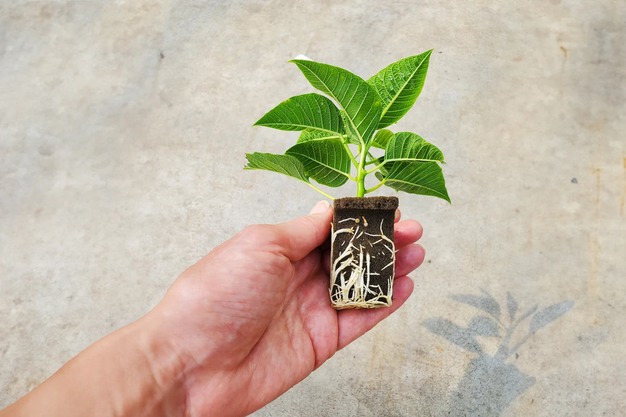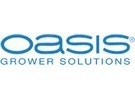According to the latest USDA National Agricultural Statistics Service (NASS) Commercial Floriculture Survey, when it comes to units sold, poinsettias remain America's No. 1 potted flowering plant. More than 42 million poinsettias sold in 2022 alone — more than 21% of all potted flowering plants sold in the U.S. that year. "That's an exceptional achievement for a plant that traditionally has a six-week selling season each year."
Poinsettia breeder and ornamental horticulture consultant,Steve Rinehart of Rinehart Poinsettias, has relied on Oasis propagation media throughout his career, including three decades with Ecke Ranch, where he rose from grower/production manager to Chief Operating Officer.
"Use of Oasis Wedge in propagation allows me to mist as I need for the plant needs, without the need to be concerned about oversaturation of media," Steve shares. "Oasis Wedge provides a clean media free of fungus gnat larvae and provides a media easy to store and to set out for propagation. I can easily review the propagation bed at callus formation and easily repair to make solid strips of non-injured plants for beautiful finish of rooted cuttings."

Clemson University Professor of Floriculture Physiology Dr. Jim Faust — known for extensive research on poinsettia propagation and production, as well as cultivar trials — says.: "The beauty of Oasis Wedge is how easy it makes water management during propagation. The high porosity/aeration of Oasis Wedge eliminates the possibility of over-misting or overwatering during the critical stage of root initiation. Basically, you can't overwater the cuttings, which is the single biggest error made by beginner and experienced propagators."
"Additionally, every drop of water in the Oasis Wedge is available for the cutting to uptake. In contrast, peat-based substrates have much higher matric potential, meaning that water uptake by the cutting is restricted before the substrate starts to be dry. Thus, cuttings in foam will not wilt as quickly as cuttings propagated in peat. Finally, every batch of Oasis Wedge is the same, which eliminates the variability of loose-fill substrates caused by inconsistent tray-filling technique," Jim explains.
For more information:
Oasis Grower Solutions
www.oasisgrowersolutions.com
